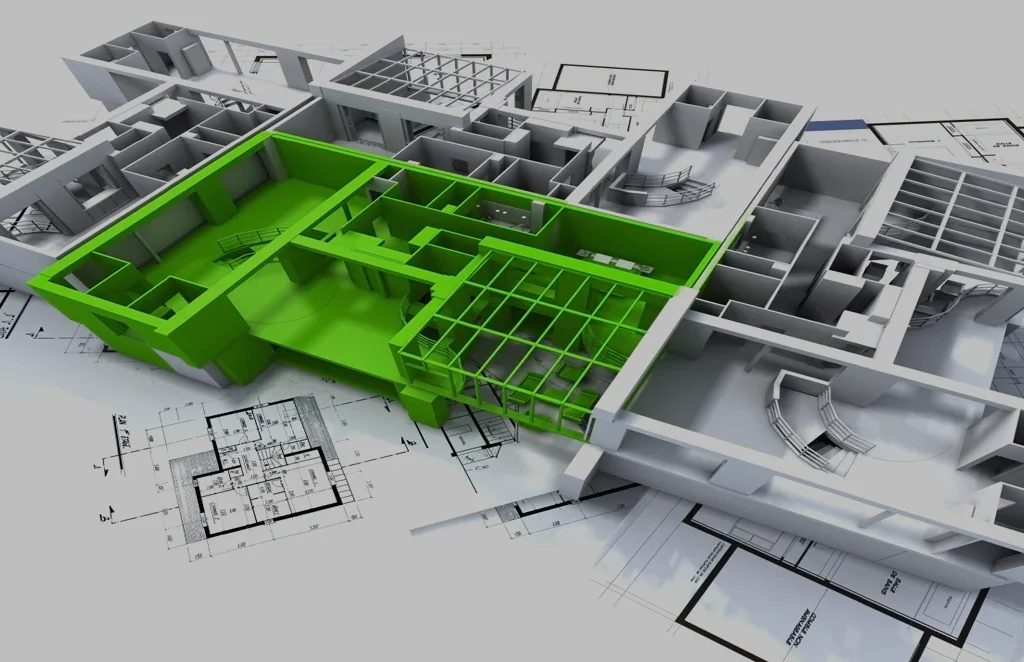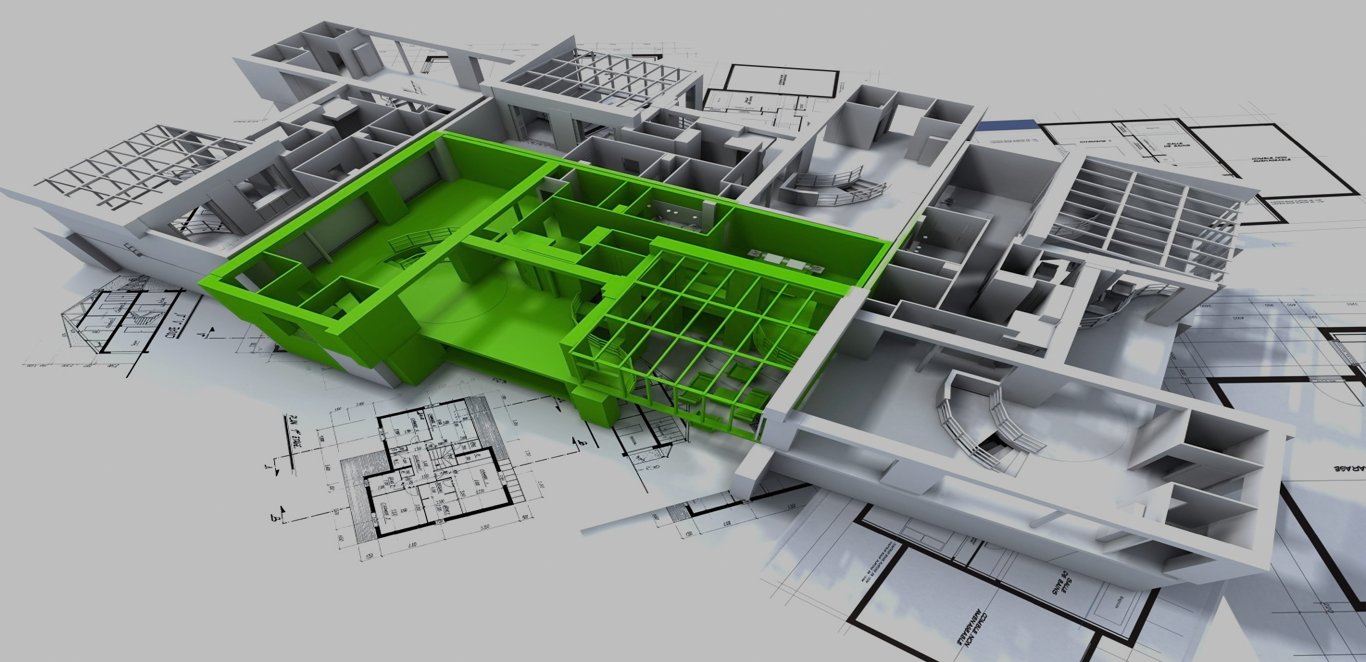

ColorJet 3D Printing
ColorJet 3D Printing technology works much like an ink-jet printer. However, rather than printing on paper, the printer prints on thin layers of white limestone powder. The binder ink in this process is actually the binder that holds the powder together. There are 5 different colored binders which are mixed to directly create the colors of the model while simultaneously creating the shape. The third-dimension is created by printing each layer on top of the previous layer and binding the printed sections across the layers. After finishing one layer, the printing platform moves downward (0.088 or 0.1 mm), new plaster is applied and the next layer is printed. This process then goes on and repeats as often as needed.
Typical applications include design prototypes, education, architecture, industrial, geospatial, entertainment, arts & health-care. Colorjet 3D Printing is ideal for a variety of applications including the creation of prototypes and for presentations needing color to better represent the final product. The material is often referred to as full-color sandstone because it looks and feels similar.
Complex geometries are built layer-by-layer (down to 89 microns) directly from 3D CAD data. Prototypes can be printed in hours allowing for an excellent turnaround time. Models can be produced in full color which would otherwise require painting and finishing. Additionally text labels, logos and images can be directly printed onto models.
High resolution realistic models with precise details are created allowing complex geometries with detailed features to be achieved, such as a thin wall on a mechanical prototype or a railing on an architectural model. Parts have excellent visual properties with good surface quality.
MARKETS SERVED
- Architecture (Architectural designs can be created for display or to showcase building plans)
- Improving communication and speed to construction
- product / concept design – hold a realistic color model in your hand to evaluate and refine design
- Education (Engage students by turning ideas into real-life 3D models that can be held)
- Geospatial (Convert GIS data into 3D landscape and cityscape models)
- Entertainment (Figures and characters are brought to life in full color)
- Arts (Turn 2D designs into 3D creations)
- Health-care (Anatomical models enhance patient & physician communications)
